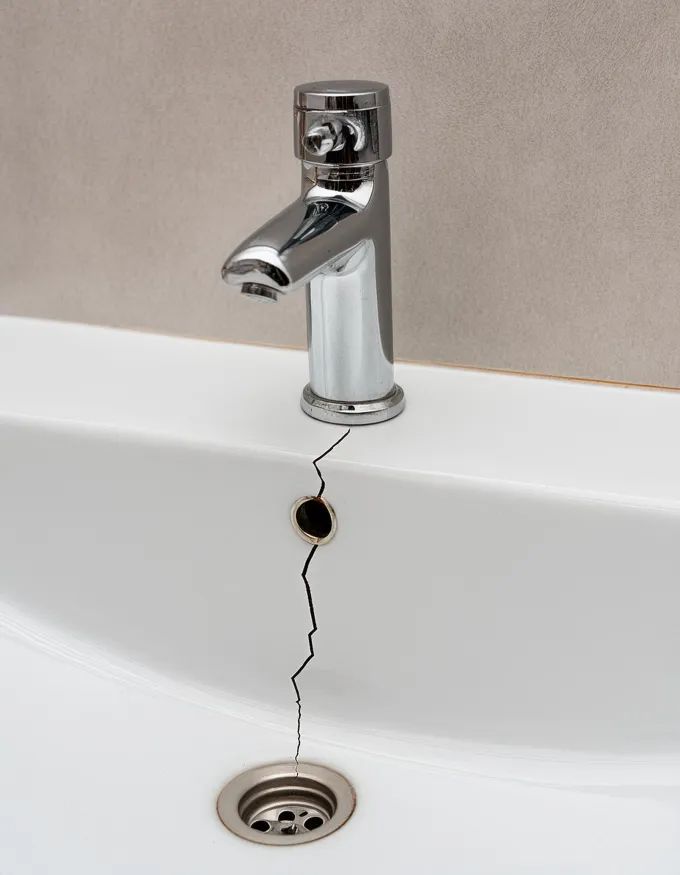Can someone let me know how you remove these black veins from a bathroom sink?
Holly Owens
Contributing Writer
Print this recipe
When you spot what appears to be black veins running through your bathroom sink, it can be concerning. Initially, these might seem like dirt or mold lines that could be scrubbed away. However, upon closer examination, these black lines are often cracks within the sink material itself. This article will guide you through identifying these cracks, understanding their causes, and exploring the best solutions for repair or replacement.
Identifying the Problem
Black veins are typically not something that can be washed off or easily removed because they are actually cracks. These cracks can appear due to a variety of reasons:
Age of the Sink: Over time, sinks can develop hairline cracks due to general wear and tear.
Thermal Shock: Sudden changes in temperature, such as pouring boiling water into a cold sink, can cause thermal shock, leading to cracks.
Impact: Dropping a hard object into the sink can cause immediate cracking.
Material Flaws: Inherent weaknesses in the sink material can also lead to cracking over time.
Steps to Confirm the Cracks
Visual Inspection: Examine the lines closely. Cracks will have uneven edges and won’t wipe away.
Touch Test: Gently run your finger along the line. If it feels slightly indented or raised, it’s likely a crack.
Dye Test: For less visible cracks, apply a dye or colored substance that can seep into the crack and reveal its presence clearly.
Addressing the Issue
Once you’ve determined that the black veins are indeed cracks, you have a few options depending on the severity and your budget:
Temporary Fix:
Sealant Application: You can apply a ceramic or porcelain repair kit. These kits usually contain a compound that can be colored to match your sink. This is a temporary solution that can visually diminish the appearance of cracks and prevent them from spreading.
Professional Repair:

